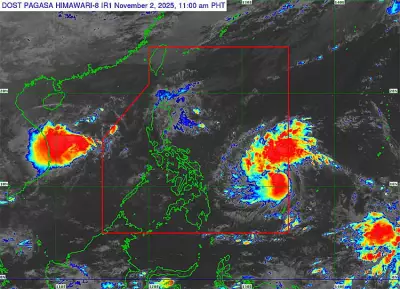
In the heart of Cebu's Binghay area, a concerning trend is emerging as changing weather patterns begin to take a toll on children's health. Medical professionals and local authorities are raising alarms about how sudden weather shifts are impacting the youngest members of the community.
The Weather-Health Connection
Recent observations show that children in Binghay are becoming increasingly vulnerable to weather-related health issues. The alternating periods of intense heat and unexpected rainfall create conditions that challenge young immune systems, leading to more frequent illnesses and health complications.
What Parents Need to Watch For
Healthcare providers emphasize several key symptoms that parents should monitor during extreme weather conditions:
- Persistent coughing and respiratory difficulties
- Unexplained fever spikes
- Increased fatigue and lethargy
- Skin irritations and allergies
- Digestive issues during sudden temperature changes
Protective Measures for Families
Local health experts recommend several proactive steps to safeguard children's health:
- Proper hydration: Ensure children drink plenty of water, especially during hot periods
- Appropriate clothing: Dress children in weather-appropriate attire that can adapt to sudden changes
- Indoor air quality: Maintain good ventilation while protecting against outdoor pollutants
- Nutrition support: Boost immune systems with vitamin-rich foods and balanced meals
- Medical preparedness: Keep essential medicines accessible and know when to seek professional help
Community Response and Awareness
The Binghay community is increasingly aware of these climate-health challenges. Local leaders and healthcare providers are working together to educate families about the importance of weather-responsive childcare practices. Community health programs are being developed to address these specific concerns and provide support systems for affected families.
As weather patterns continue to evolve, the focus remains on creating sustainable solutions that protect Cebu's most vulnerable residents—its children—from the health impacts of our changing environment.





